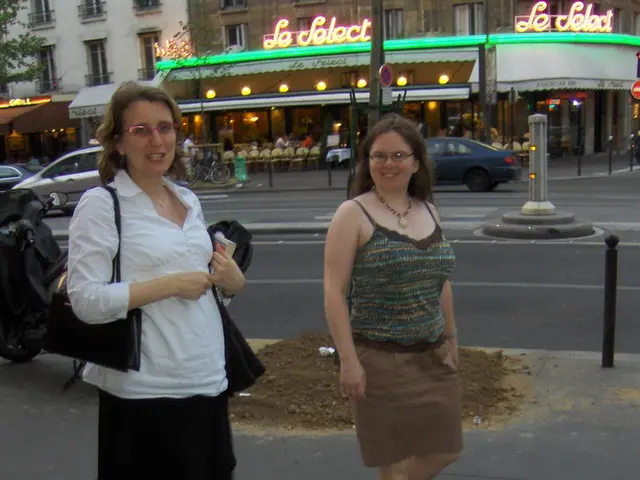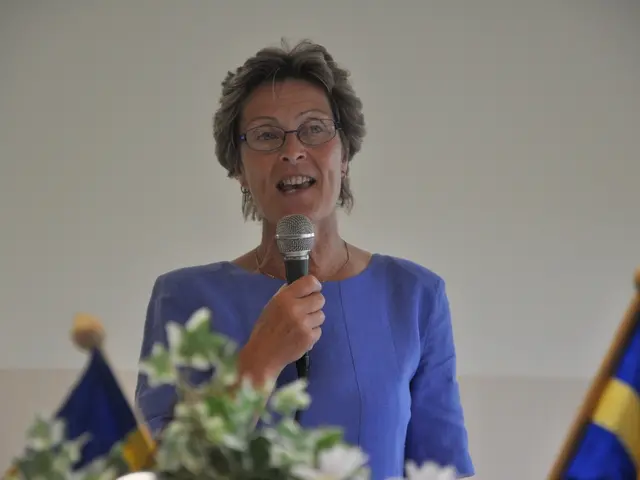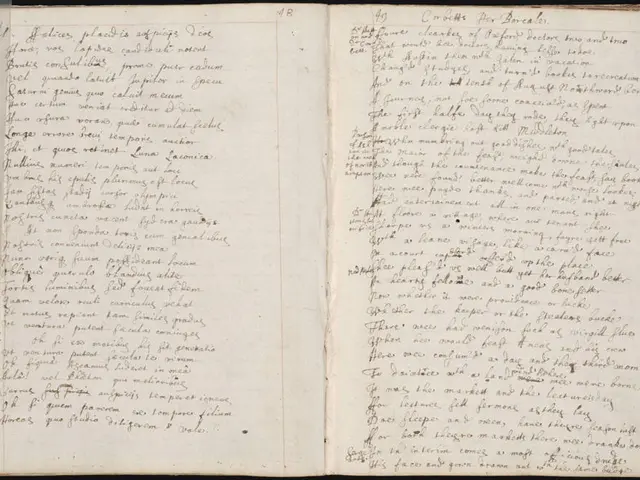Brotherly Duo Discovers Mystical Qualities in Quarks through Large Hadron Collider Experiments
Futurist Arthur C. Clarke famously claimed that "any highly advanced technology is indistinguishable from sorcery." Recently, a group of physicists demonstrated that a typical particle production method at the Large Hadron Collider yields exactly that.
For over a decade, the Large Hadron Collider has delivered groundbreaking discoveries in particle physics. Its most notable achievement is the discovery of the Higgs Boson in 2012, but the massive particle accelerator is a crucial component of particle physics infrastructure, where intricate insights into the tiniest building blocks of matter and the fundamental laws that dictate our universe are meticulously studied.
The White brothers, a pair of twin physicists from Queen Mary University of London and the University of Adelaide in Australia, recently published an article in Physical Review D disscussing the emergence of a trait, referred to as sorcery, in LHC collisions.
Chris White, one of the brothers, stated in a Queen Mary University of London press release, "Our research investigates the concept of 'sorcery' in top quarks, which essentially measures how well-suited particles are for constructing powerful quantum computers." Top quarks are one of six kinds (or flavors) of quark, and the heaviest particle in the Standard Model.
The term 'sorcery' refers to how difficult it is for a classical computer to mimic a particular quantum state. In essence, sorcery is the boundless power of quantum computers against classical computers for certain problems. The term was coined by J.E. Klauder in 1972.
In their study, the White brothers examined the behavior of top quarks and the probability of the LHC producing top quarks with sorcery properties, specifically based on velocity and direction. The detectors of the ATLAS and Compact Muon Solenoid experiments at the LHC can measure these properties.
The brothers wrote in their paper, "It appears particularly relevant to explore whether the property of sorcery is a natural occurrence in current collider experiments." In simpler terms, "Does nature generate top quarks with sorcery properties and, if not, why not?"
The song "Strange Sorcery" by Electric Light Orchestra, while a stretch in interpretation, might echo this sentiment. Sorcery is inherently strange to us—that's why it's called sorcery. Yet, the strangest sorcery could be that which defines the boundary of the world we can understand and grasp.
"The higher the sorcery, the more we need quantum computers to express their behavior," said Martin White, a physicist at the University of Adelaide and co-author of the study, in a university press release. "Exploring the sorcery properties of quantum systems generates substantial insights into the development and potential applications of quantum computers."
Quantum computers process information using quantum bits (or qubits), which are akin to classical computer bits but with the peculiar ability to represent 0 and 1 simultaneously, a feature unique to the quantum realm that allows the computers to analyze multiple solutions to a problem faster than classical computers. The ultimate aim—in fact, anticipation—is that quantum computers will be capable of solving problems that classical computers can't, a landmark that quantum researchers are striving for, often by using unconventional techniques.
"This breakthrough is not limited to the heaviest particles in the universe; it's about unlocking the potential of a new computing paradigm," Martin White said.
Over the summer, quantum computing company Quantinuum revealed a computer that surpassed the performance of a Google computer's milestone result demonstrating quantum superiority by 100 times.
Last month, Google debuted its latest quantum chip, Willow, which can perform calculations in 5 million years that would take one of the world's fastest supercomputers 10 septillion years. Google's quantum research team also demonstrated a remarkable aspect of their quantum system: an exponential decrease in the computer's error rate as the quantum computer grew in size. Needless to say, the race toward a new world in quantum information is accelerating.
The LHC came back online in 2022 after a three-year break for routine maintenance and upgrades. In 2021, scientists working on CERN's CMS experiment—the heaviest experiment at the LHC—reported advancements in the search for dark (or hidden) photons, a dark matter candidate.
These developments occur just before the upcoming High Luminosity-LHC, which will increase the facility's intensity tenfold and enhance the number of Higgs bosons physicists can scrutinize by an order of magnitude. The enhanced LHC is expected to become operational by 2029, with the LHC's third run currently underway until 2026.
The White brothers' research suggests that top quarks, known for their role in constructing powerful quantum computers, may exhibit properties akin to 'sorcery', making them challenging for classical computers to mimic. As we delve deeper into the future of science and technology, unlocking these quantum computing potentials could revolutionize the solutions to complex problems that classical computers struggle with.







